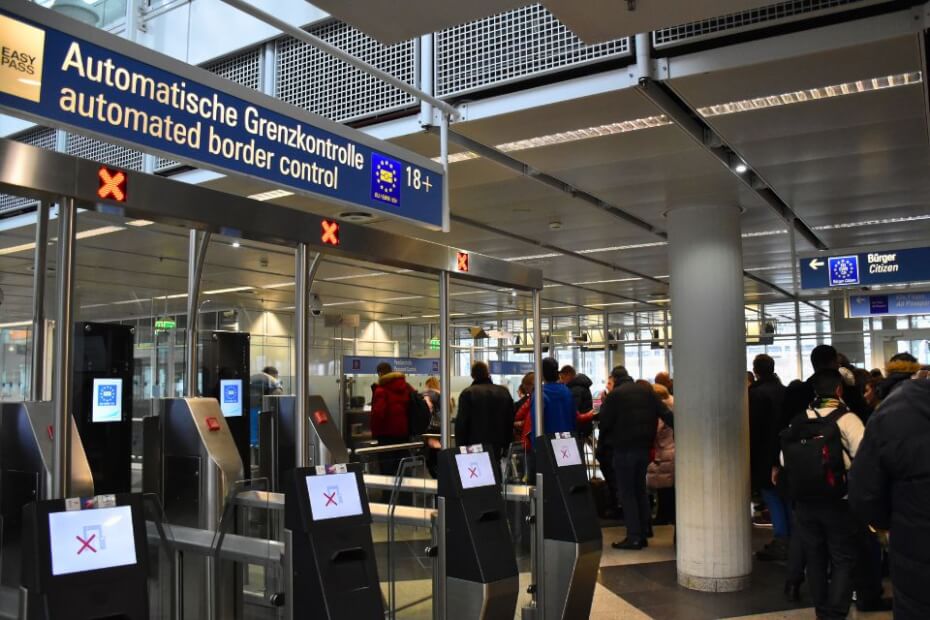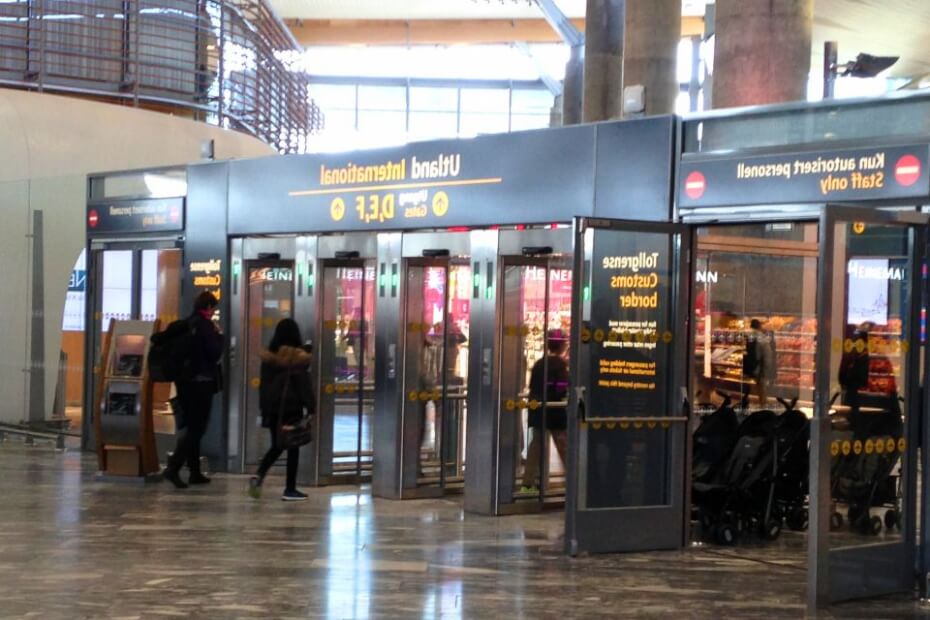
The European Union’s (EU) new Entry/Exit System (EES), initially expected to launch on 10 November, has been postponed yet again.
Ylva Johansson, the EU Commissioner for Home Affairs, confirmed the bloc’s unpreparedness for full implementation.
She told the BBC, “It’s clear that we’re not going to be ready for the 10 November.”
Instead, Johansson announced that the EU would adopt a phased rollout or a step-by-step approach to its launch.
This would allow more EU countries to finalize the necessary preparations.
However, Johansson did not announce a new EES phased rollout timetable.
The EES was initially planned for launch in 2022 but has been pushed back multiple times due to technical and logistical challenges.
Reasons for EES delays
The EES is designed to automate the process of recording non-EU travelers’ entry and exit from the Schengen Area.
Instead of passport stamping, the new system will use biometric data such as fingerprint scans and facial recognition.
The EES aims to enhance border security, reduce illegal immigration, and streamline the visa overstay monitoring process.
An EU Commission spokesperson recently revealed that the EU cannot exclude further EES delays completely.
This is primarily due to the operation’s complexity and the system’s stability.
However, installing the necessary equipment at border crossings has proven more difficult than expected.
Many EU Member States have struggled to meet the technological demands of the system.
This was particularly challenging for high-traffic border points and those with limited space and infrastructure.
Johansson explained that rushing the system’s launch without ensuring proper functionality could cause significant disruptions.
“It is essential that all systems work smoothly to avoid chaos at the borders,” Johansson said.
The last thing the EU wants is for travelers to face long delays due to poorly executed technology.
Concerns about infrastructure readiness and capacity to handle biometric data have been repeatedly raised in the months leading up to November.
Fingerprint scanners and facial recognition devices still need to be installed at many key entry points, including the Port of Dover.
Many airport and port officials have also raised concerns that the new system has not been tested in live environments.
France, Germany, and the Netherlands have written to the European Commission about these concerns.
These three key countries host major EU airport hubs. They are responsible for 40 percent of inward travel to the Schengen Area.
If the system were implemented without resolving these issues, border congestion could lead to significant travel delays.
EES phased rollout: a safer approach

EU ministers are set to discuss the EES contingency plan during a meeting in Luxembourg.
One option for the system’s phased approach is that some countries and border crossings that are ready will use the system first.
Other countries will begin using the system later on as they complete their preparations for the new system.
Countries with more advanced border infrastructure, such as France and Germany, may be among the first to introduce the system.
Smaller regional airports could follow once they have installed the necessary technology.
This phased approach will allow the EU to identify and address any potential problems before the system is fully operational.
Johansson emphasized that this approach is a “practical solution” and would allow for a smoother transition.
“We need a practical solution that works for everyone,” she said, “and this gradual approach gives us the flexibility to address issues as they arise.
By staggering the rollout, the EU hopes to avoid overwhelming border points with new procedures.
EU Member States will also have more time to train staff, test biometric systems, and make adjustments based on real-world performance.
This step-by-step guide could help reduce congestion and confusion at busy border crossings, especially during the initial launch phase.
Another option is a relief valve that will permit EU border officers to suspend biometric checks when queues become unmanageable.
Yet another option is to amend EU laws to allow travelers to register biometric data away from the border and ahead of time.
This could be done via a mobile app or at secure locations away from the ports or airports.
EES impact on border crossings and travelers

For travelers, the EES is expected to simplify entry procedures over time.
However, the new system is expected to cause delays during the initial stages, especially during peak travel times.
This is due to the complexity of setting up new infrastructures, using biometric technology, and training staff to assist travelers.
The expected delays caused by the EES are a huge concern, especially at busy border points like the Port of Dover in the UK.
The port is a main passageway between the UK and the EU, through which millions of vehicles and passengers transit daily.
Dover officials have warned that wait times could increase significantly – 14 hours in the worst-case scenario – once the EES is implemented.
The long queues could also cause gridlock in Kent‘s local community and disrupt not only travel but also the local economy.
These delays could impact millions of travelers at busy airports and the Eurotunnel, where congestion is already an issue.
To minimize disruptions, the UK Government works closely with ports and airlines to ensure they are prepared.
It has also invested 10.5 million to improve the EES readiness of main UK-EU border crossings.
Most of the funding will be for the Port of Dover in Kent, the Channel Tunnel in Folkestone, and Eurostar‘s St. Pancras Station.
Travelers to Europe should check and be updated with the changes in border procedures and potential delays.
During the initial EES rollout, they must allow for extra waiting time as the border transitions to the new system.
While the EES launch is delayed again, the European Commission is working with Member States to ensure that all borders are equipped to handle the new technology.
The phased EES rollout is expected to take place throughout 2025.

